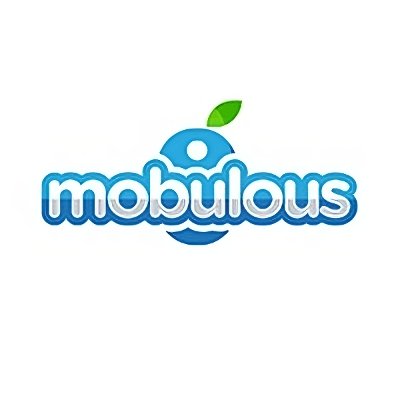This story draft by @mobluloustech has not been reviewed by an editor, YET.
Cross-Platform Mobile App Development Frameworks: Pros and Cons

Mobulous provides a variety of services to its clients for mobile app development.
About Author
Mobulous provides a variety of services to its clients for mobile app development.